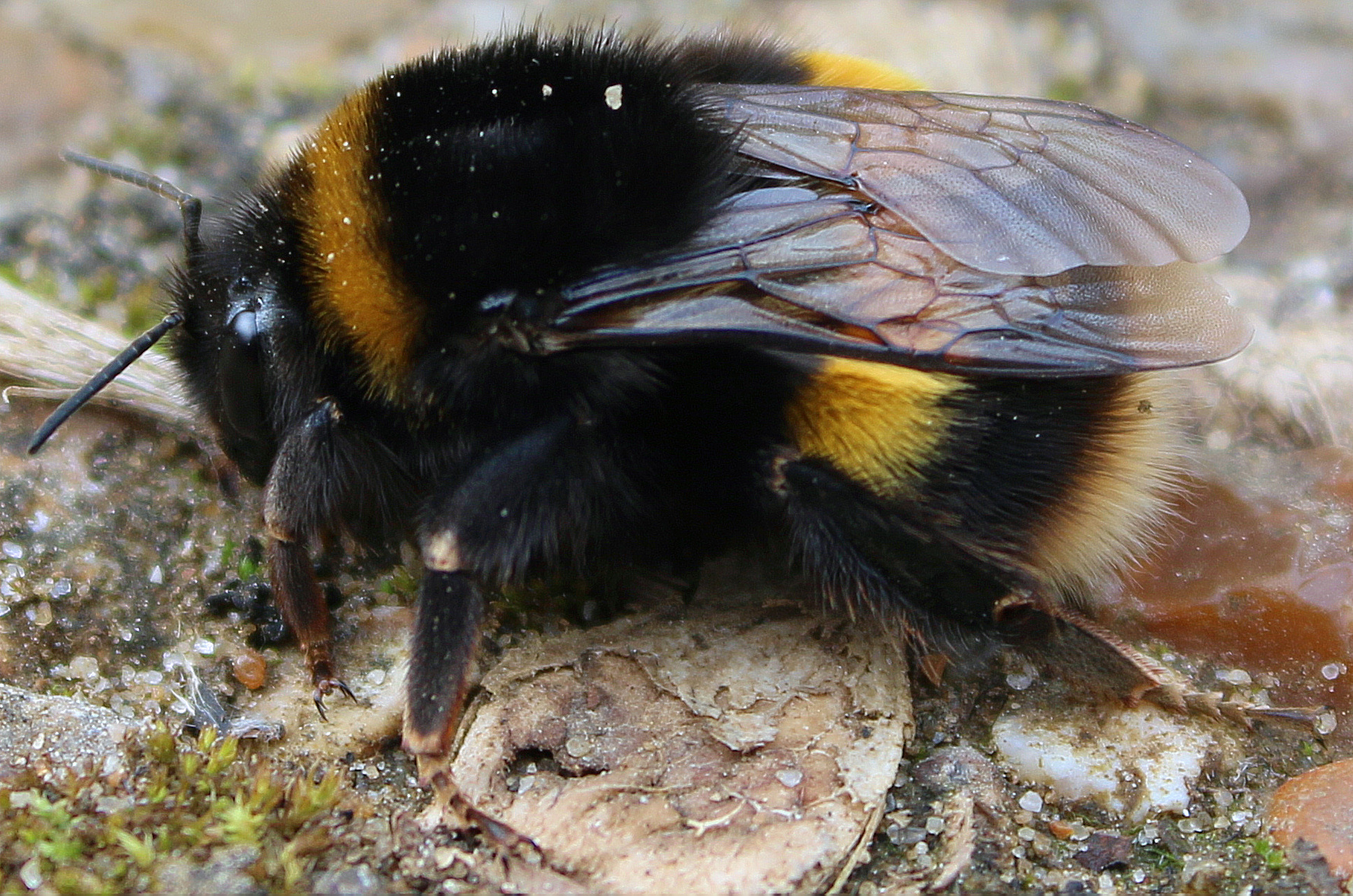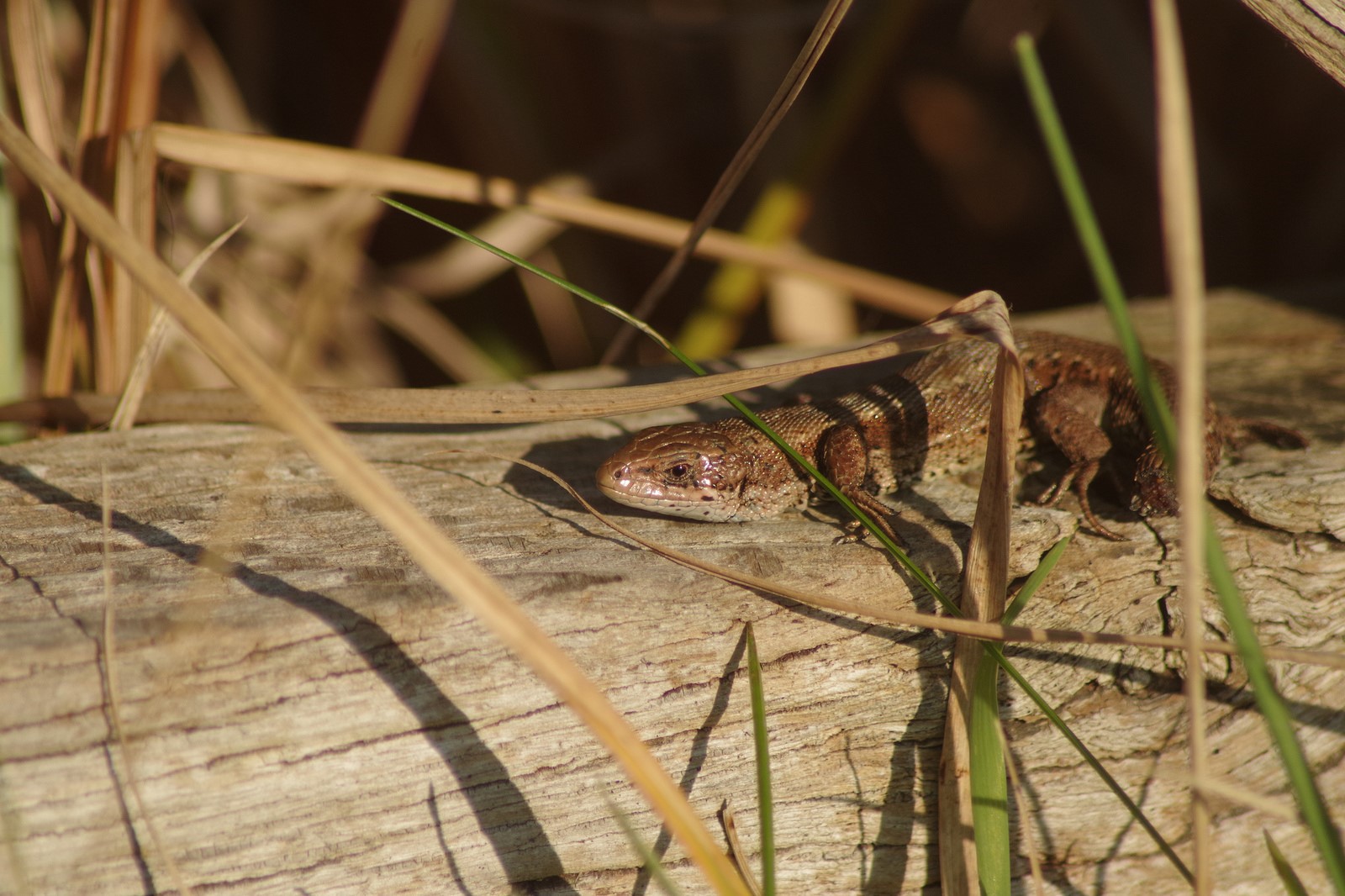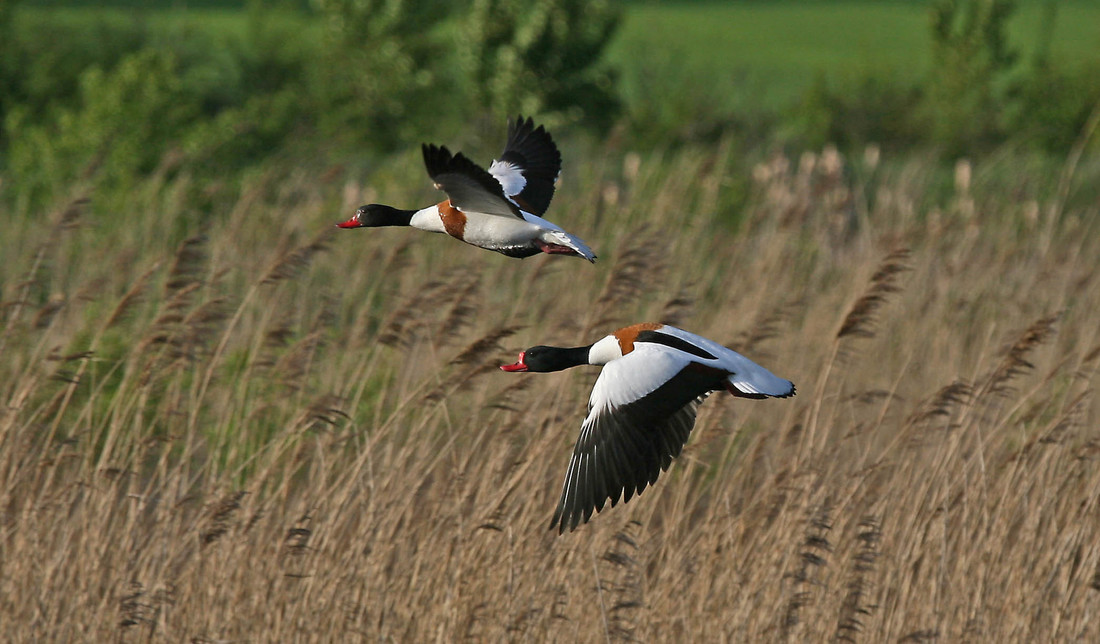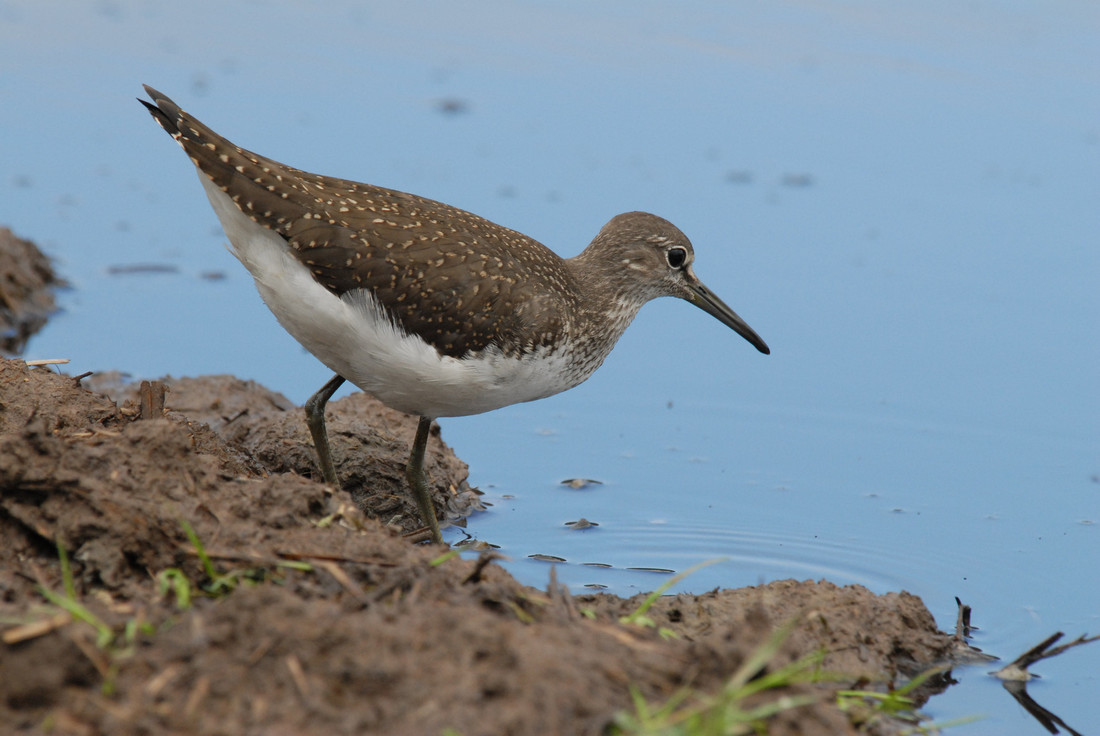First Sedge Warbler of the year on site
Singing Blackcap and Chiffchaff round the sheltered lagoon, Sand Martins now going into the nesting bank in good numbers.
1 Sedge Warbler - wildside
1 Swallow - main lake (p.m)
4 Redshank - grazing marsh, wader scrape, main lake
4 Snipe - grazing marsh, wader scrape
30+ Sand Martin - wader scrape, grazing marsh, main lake
4 Blackcap - South route, sheltered lagoon
2 Chiffchaff - sheltered lagoon
2 Pintail - main lake
March bird highlights: Shelduck, Goldeneye, Bittern, Garganey, Snipe, Jack Snipe, Kingfisher, Dunlin, Black-Tailed Godwit, Curlew, Oystercatcher, Peregrine, Kestrel, Iceland Gull, Yellow-legged Gull, Mediterranean Gull, Water Pipit, Stonechat, Skylark.
Bitterns (1-2) can be found on the main lake and reservoir lagoon shores. The flooded wader scrape and marsh have plenty of feeding winter duck including Pintail, Shoveler, Wigeon and Teal, as well as Jack Snipe, Snipe and Water Pipit. Also on the main lake there’s been occasional Iceland Gull, Yellow-legged Gull, hunting Peregrine, Water Rail, Snipe and Lapwing. Cetti’s Warbler, Water Rail and Reed Bunting can be seen and heard in any of the reedbed areas, particularly on the wildside west route.
Early March songbirds include Chaffinch, Greenfinch, Chiffchaff, Great Tit, Robin, Song Thrush, Goldfinch and Blackbird. Lapwing are displaying over the flooded waterbodies and Great Crested Grebe are doing their courtship 'weed dance' on the main lake and the reservoir lagoon 'grebe pool'. A very early Little Ringed Plover was spotted on the 16th on a day with strong southerly winds blowing. The first Sand Martin was recorded 25th February. A drumming Greater Spotted Woodpecker was heard 1st March. The first Redshank arrived 19th March. The first Blackcap was heard 20th March.
Insects: Honey Bee, Marmalade Fly (Hoverfly sp.), Nursery Web Spider, Buff-tailed Bumblebee, Early Bumblebee, Brimstone, Comma, Speckled Wood, Peacock, Orange Tip. Small White, Red-tailed Bumblebee, Orchard Bee, Hairy-footed Bumblebee, Orchard Bee, Red Willow Leaf Beetle.

Water voles: sightings from the south route Wildwalk bridge pool (in the Pond Sedge), and from Wildside ponds close to the Wildside entrance.
Fungi: Alder Goblet, Bark Bonnet, Beech Tarcrust, Beech Woodwort, Birch Polypore, Collared Earthstar, Field Blewitt, Glue Crust, Green Elf Cup, Egg-shell Slime Mould, Conifer Mazegill, Coral Spot, Greyling Bracket, Lemon Disco, Oak Mazegill, Poplar Bells, Turkeytail, Witches' Butter, Velvet Shank, Snowy Disco.
Early flowering plants: Hazel, Alder, Winter Aconite, Red and White Dead-nettle, Early Crocus, Snowdrop, Blackthorn, Winter Viburnum, Cherry Plum, Stinking Helleborine, Daisy, Winter Jasmine, Blue Anemone, Rosemary, Sweet Violet, Cowslip, Butterbur, Lesser Celandine, Cuckoo-flower, Snake's Head Frittilary (see below).

Bats: Pipistrelle sp. seen flying around the gables of centre building facing the Entrance Lake p.m. 22nd February. 3 Pipistrelle flying at dusk 19th March, and 11 flying 21st March (south route/main lake border).
Amphibians: Marsh Frog found 20th March on the south route.
Reptiles: Common Lizards (5 juveniles,1 adult) near Dulverton Hide, and Slow Worms (2 juveniles) - all found 23rd February.



